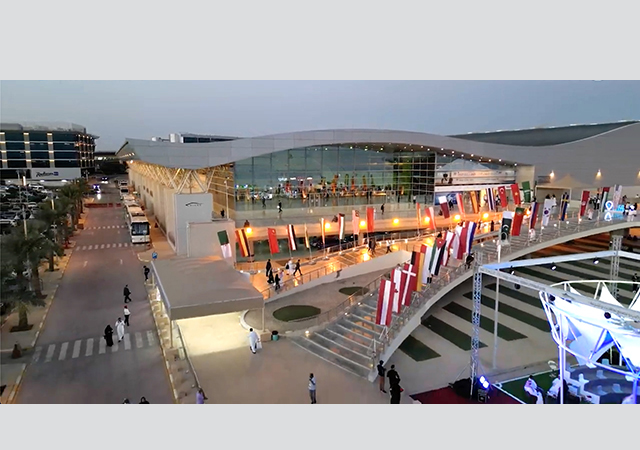
 The Palm Jumeirah ... coming up.
The Palm Jumeirah ... coming up.
Recreating the mythical lost city of Atlantis in a desert belt is no mean task, but this is exactly what leading planning and landscape architecture firm EDSA has been challenged to do at Atlantis The Palm, the crowning jewel and focal point of The Palm Jumeirah.
The project is spearheaded by development tycoon Kerzner who responded to Dubai’s ambition to double its current 6 million hotel guests by 2010, by bringing the successful ‘Atlantis’ brand to the Middle East.
Atlantis The Palm, a $1.5 billion resort water park joint venture between Kerzner International Limited and Istithmar, will reign in the centre of the 11.5 km long crescent of The Palm Jumeirah a giant reclamation project in the shape of a graceful date palm tree hosting 17 fronds raised 15 ft above sea level. It is one of three islands that make up The Palm Islands (Palm Jumeirah, Palm Jebel Ali and Palm Deira), one of Dubai’s most striking ventures. The Palm, Jumeirah adds almost 65 km of new beachfront and is a retreat for sophisticated living, relaxation, and leisure with themed boutique hotels, shoreline apartment buildings, beaches, marinas, restaurants, cafes, retail outlets, and three types of villas, all 2,000 of which sold out pre construction in just 72 hours. The 1,539-key, five star Atlantis resort will accommodate an expected 6,000 daily visitors.
EDSA, one of the leading planning and landscape architecture firms, was awarded the theming, design and amenity package for Atlantis The Palm.
Reminiscent of the 135 acre `aquascape’ at Atlantis in the Bahamas for which EDSA is well known, the theming and design of the Dubai project seamlessly caters to a varied clientele of all nationalities.
EDSA provided complete design services for the project; from master planning through detailed design and is currently overseeing construction in anticipation of a December 2008 opening.
“Working on Atlantis The Palm posed unique challenges compared to Atlantis in the Bahamas, partly because the site is linear and so remote,” states Courtney Moore, EDSA project manager for Atlantis The Palm. “Skilled logistics were required in getting people and materials to the most extreme point of a semi developed island.
“We were also faced with accommodating our design to the desert temperatures in order to keep guests cool, which meant paying careful attention to shading, pathways, and irrigation,” he adds.
The 125 acre mega resort was designed to replicate the mythical lost city of Atlantis and is complemented with traditional Arabic themes. Among the dramatic waterscape, guests will find intimate spaces, grand public plazas, and first class amenities, including two hotel pools, a kids’ pool, five zero entry pools, and an Atlantis health spa and beauty salon. It will also have a two storey conference centre with 45,000 sq ft of function space, and an 80,000 sq ft entertainment village with five specialty restaurants and designer brand retail outlets. In celebration of the iconic Royal Towers at Atlantis in the Bahamas, the Atlantis hotel on The Palm, Jumeirah also consists of two towers with 876 rooms targeting luxury guests, and 663 rooms targeting other travellers. Two monorail stations link guests to the main stalk of The Palm Jumeirah.
Its 40 acre water park makes Atlantis The Palm the largest water themed resort in the region, hosting 65,000 marine creatures and thrilling attractions that further give way to the illusion of the lost city. The attractions include a “Ziggurat” Temple with eight waterslides one of which tunnels through a shark lagoon and a river ride surrounding the temple winding for 2 km along white water. Manta rays and whale sharks occupy a 2.8 million gallon Ambassador Lagoon and The Dig, an elaborately themed underwater archaeological maze with ruins and fresh and sea water exhibits, gives guests the feeling they are the first to discover the submerged city. Two unique Dig Suites each covering three floors have master bedrooms with viewing windows into the Ambassador Lagoon.
Every region presents its own arbitrary challenges when it comes to implementing projects. EDSA’s principal Bob Behling claims that the pace of development in Dubai and the Middle East has had a significant effect on the availability of plant material.
“Importing plants from South-east Asia, India, Egypt, and South Africa forced us to get resourceful with our plant palette; always thinking ahead of schedule so they are acclimated to the climate on time for construction,” he says.
And like the rest of the record breaking developments in Dubai, EDSA has been tasked with making Atlantis the most aesthetically pleasing resort water park in the world. The once bare terrain is ornamented with lush landscaping and 1.93 km of fresh water that visually and spatially links the entire site and connects all elements with the infrastructure.
“We’ve gone to great lengths to conceal mechanical and structural systems to create a cohesive ambiance. Guests will certainly feel they are surrounded by a true tropical oasis,” continues Behling. EDSA is one of more than 780 American companies working in Dubai. Having formed strong strategic partnerships with major international developers such as Kerzner, Mirage Mille and Nakheel, Florida based EDSA has been involved in Dubai’s economic transformation to tourism for well over a decade.
With over 25 projects in Dubai, and an astounding 70 projects in the Middle East region, Behling, insists: “We’re very selective with what we choose to be involved in. It’s important that our designs are recognised around the world, but it’s more important that they are recognised as unique and successful.”
EDSA’s poise and assurance derives from 47 years of experience, including having seen many projects through construction in Dubai, like Madinat Jumeirah. The 940 room resort, a tribute to Dubai’s heritage designed reminiscent of an ancient Arabian citadel, emerged along the coast of Jumeirah in 2004. A suq style retail complex, 9,000 sq m conference facility, Six Senses Spa, and more than 40 restaurants, bars, and cafes are linked by over 3.5 km of waterways on which abras are used for fishing and transportation. EDSA was involved in the planning and design of this $340 million project from its inception.
Between the Bridges also under construction is another EDSA-planned and designed resort located on the 900 m stretch between the Al-Maqtaa and Al Musafah bridges that lead onto the island of Abu Dhabi. The centrepiece of this project is a five star hotel with 220 rooms surrounded by a guest promenade that links to a pool deck overlooking the white sandy beach, villas, restaurants, retail, executive apartments, a spa, and seven waterfront jetties, which allow guests to walk out to the sea. Surrounded by 21,000 sq m of gardens and landscape meadows with native plant material, the property is also navigated by water taxis to transport visitors around the property.
EDSA is also currently involved in the Harvard Medical School and University Teaching Hospital sites within Dubai Healthcare City as well as two major golf resort communities in Dubailand, a mixed use entertainment complex, which could be larger than all of the Disney resorts combined. Also, in the midst of construction is the world class Jumeirah Golf Estates with four distinct eco-courses personifying fire, earth, water, and wind designed by legends Greg Norman, Vijay Singh, Pete Dye, and Sergio Garcia.
As Dubai continues to morph into an advanced, high class, larger than life tourism conglomerate, EDSA will have no problem keeping pace as the city continues to pursue its ambitions to develop “the first of their kind” iconic projects.
“Our work in this city has elevated our international portfolio to incredible proportions. EDSA’s reputation ensures innovative, state-of-the-art, quality projects – and that’s exactly what Dubai demands,” concludes Behling.


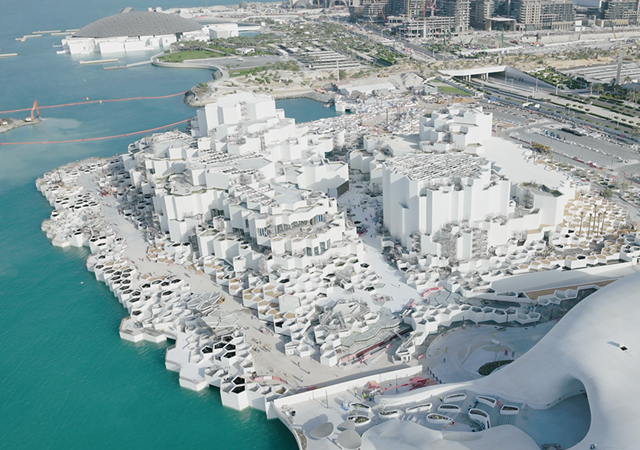
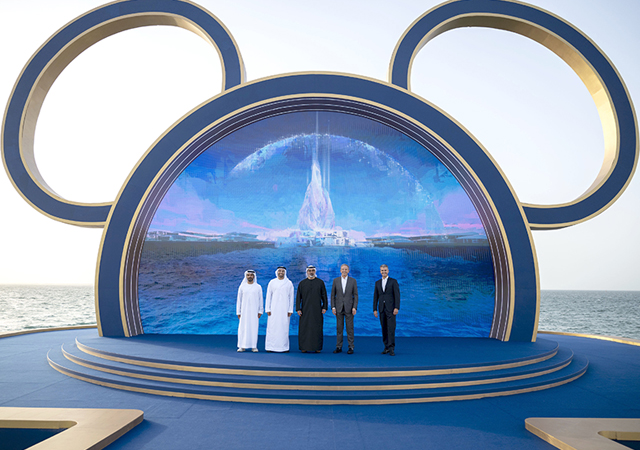

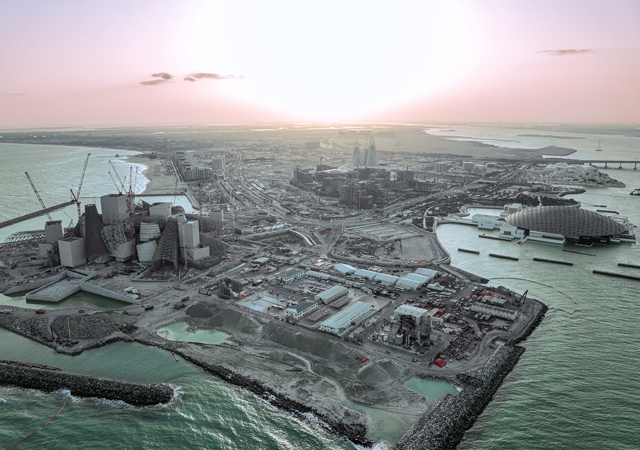
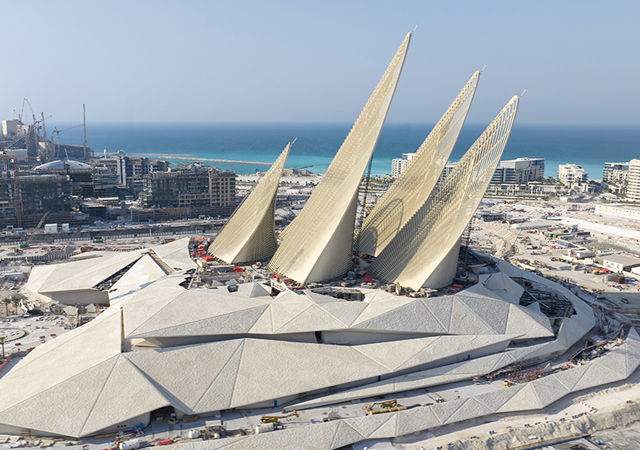
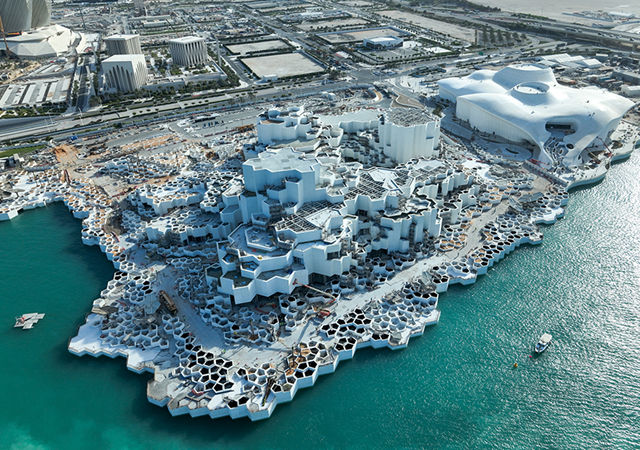
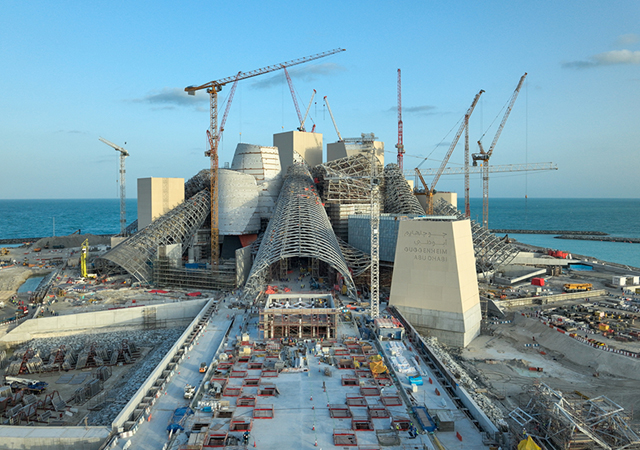
.jpg)

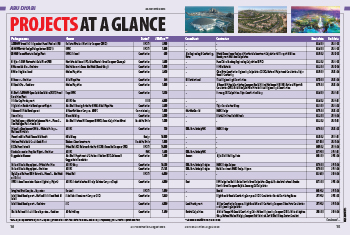
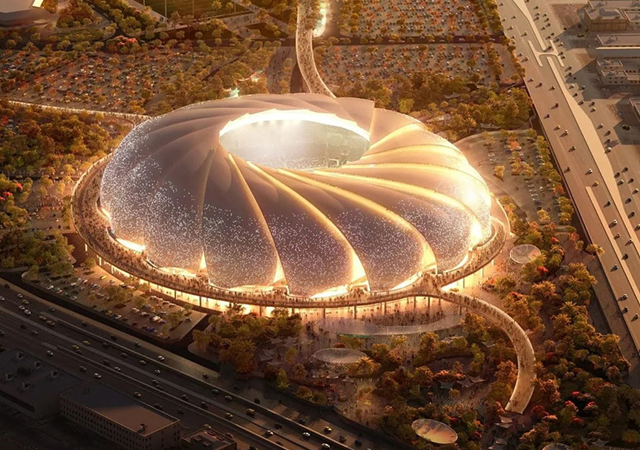

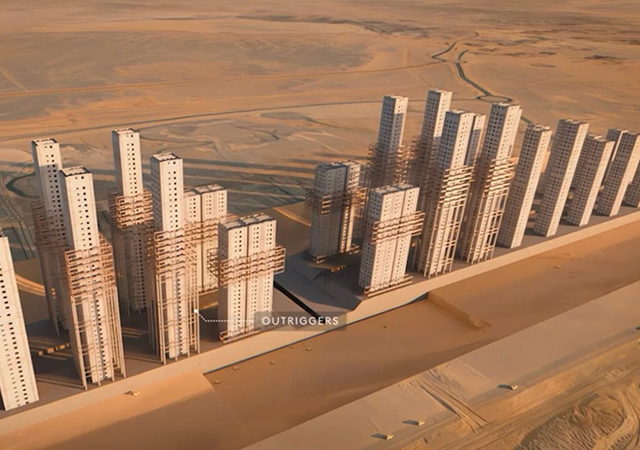
.jpg)
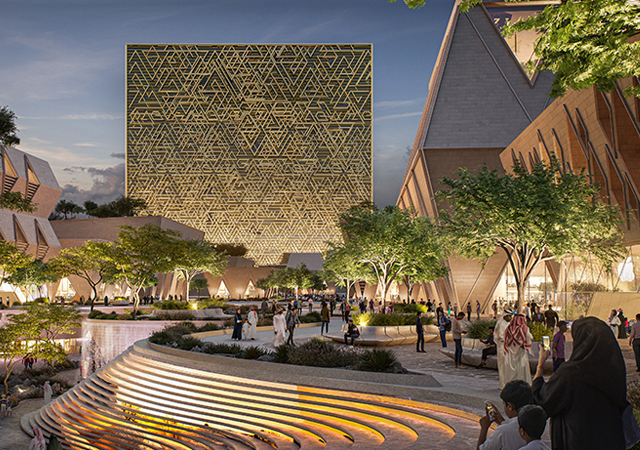
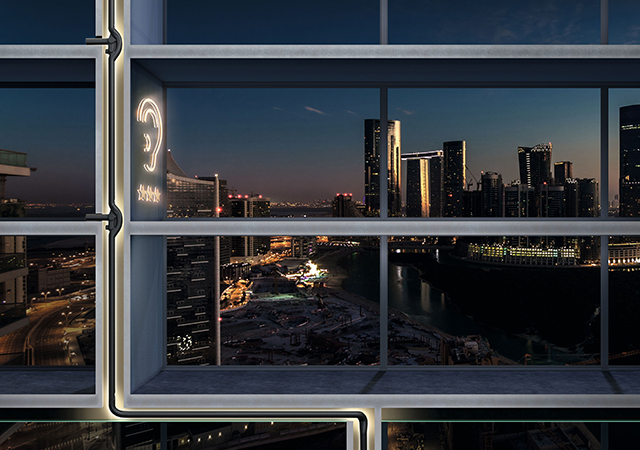
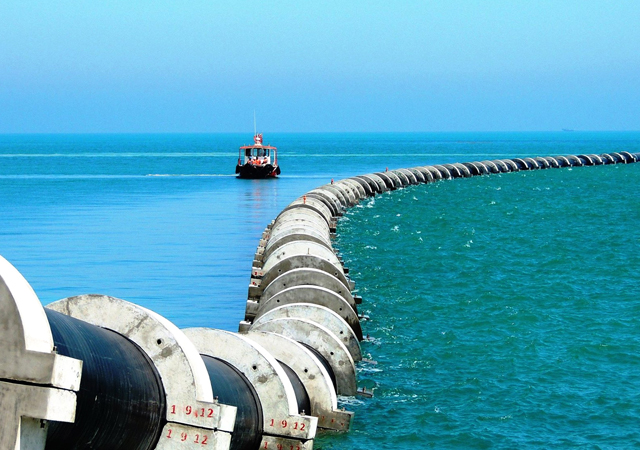


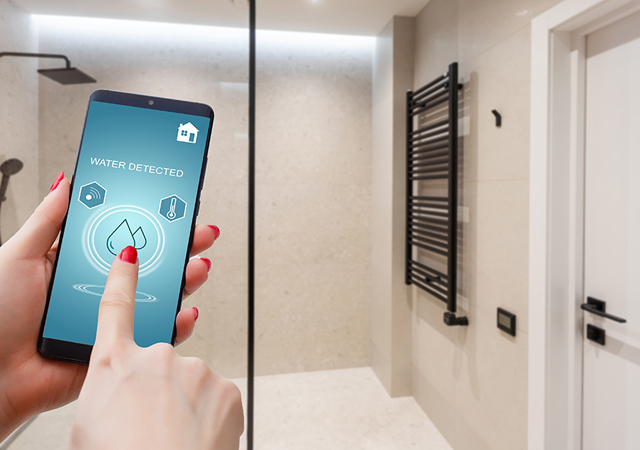
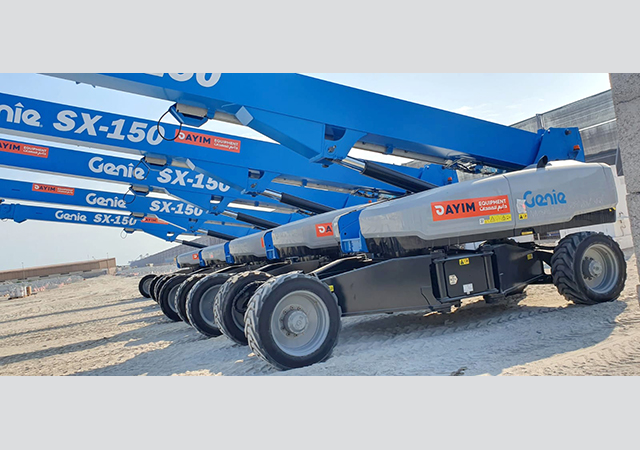
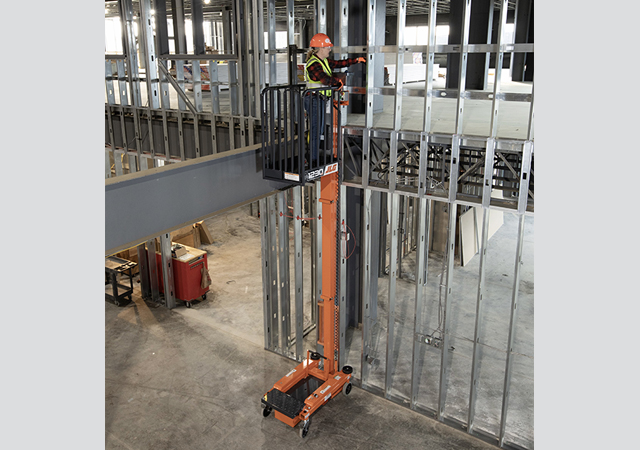
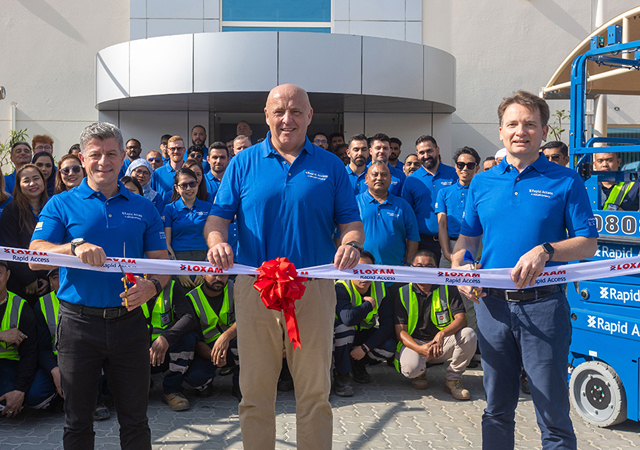
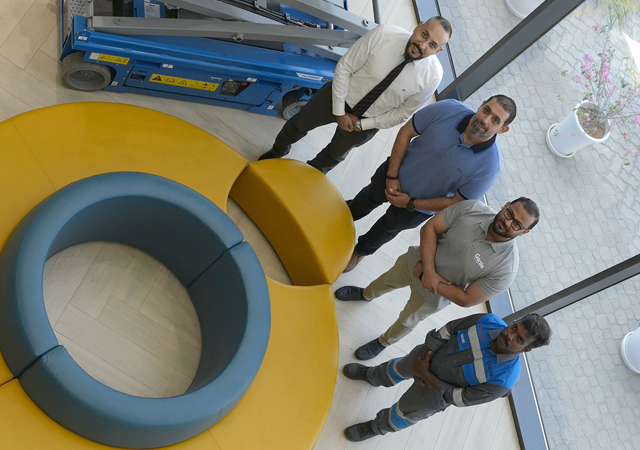
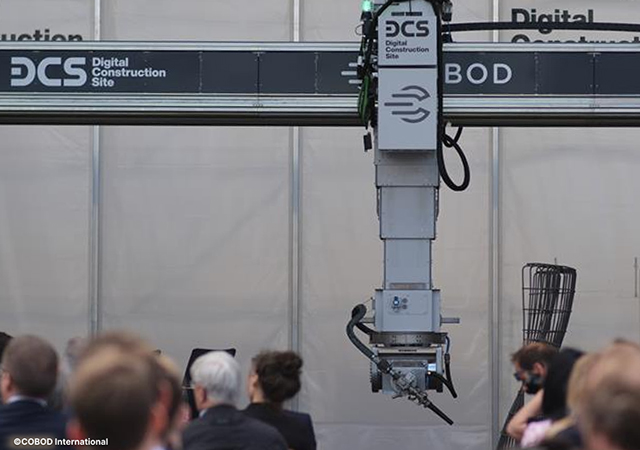
Doka (2).jpg)
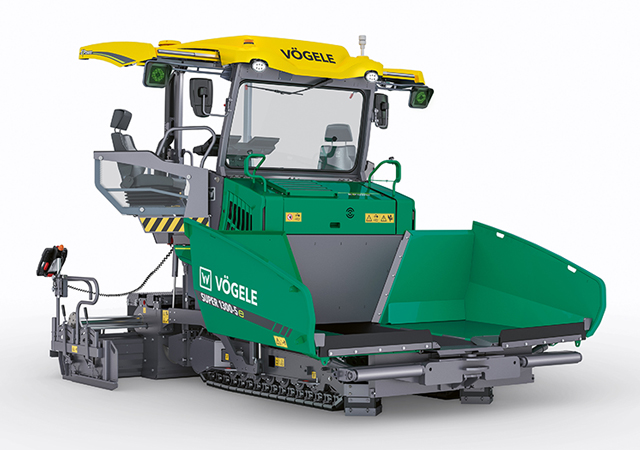
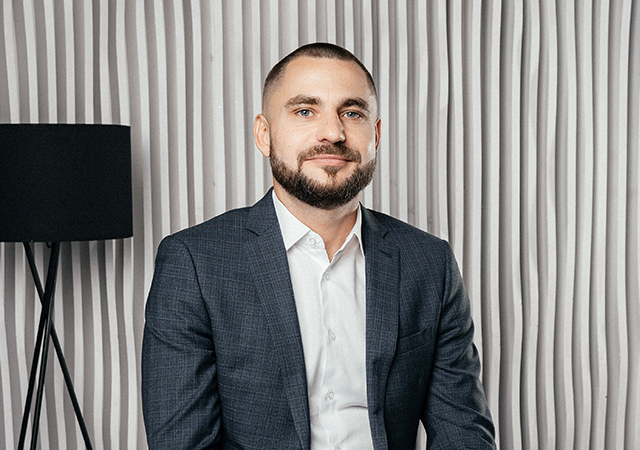


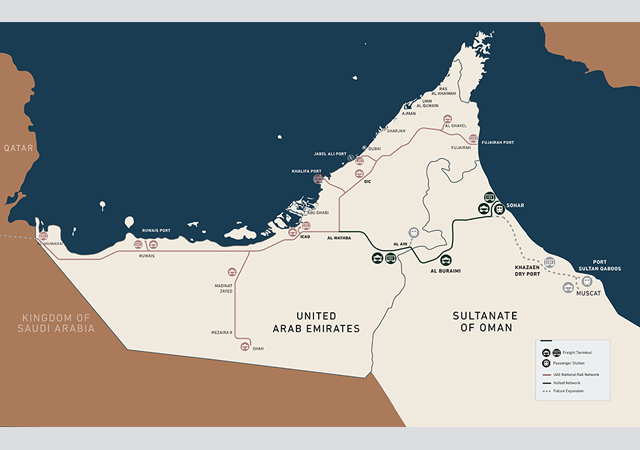

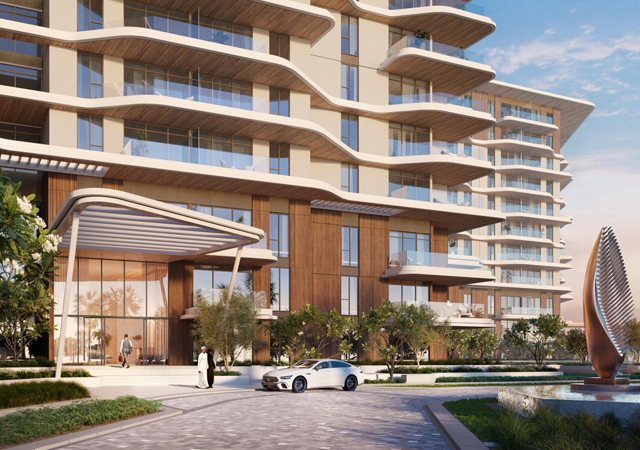

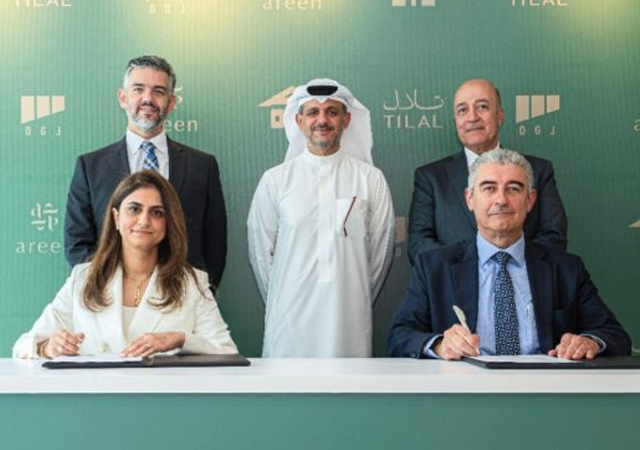
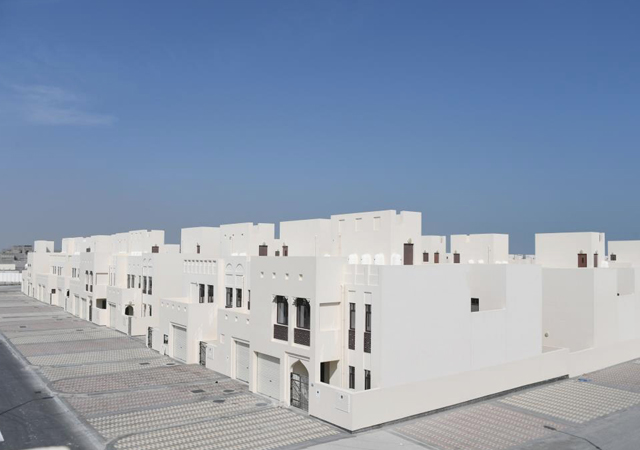

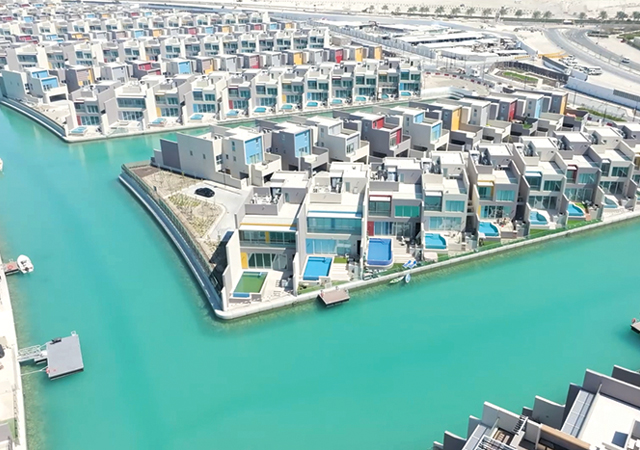
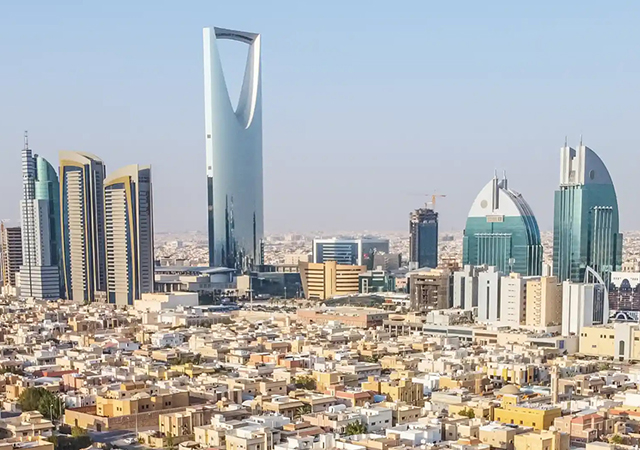
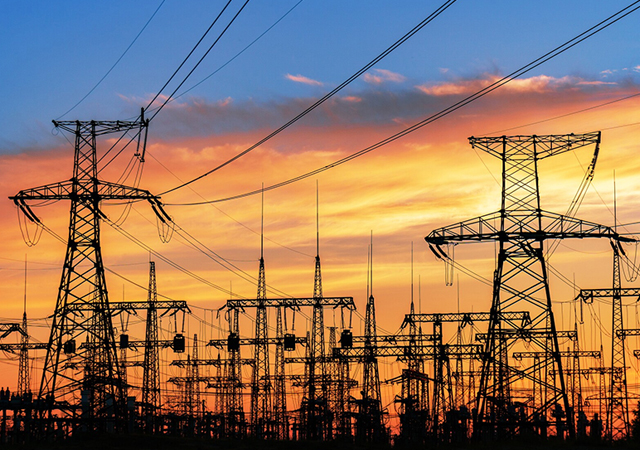
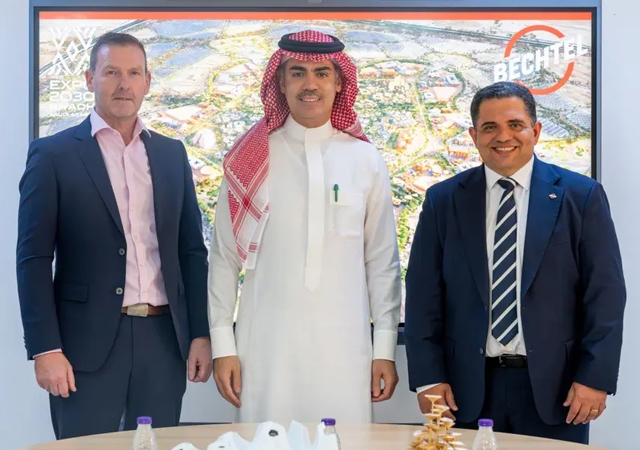
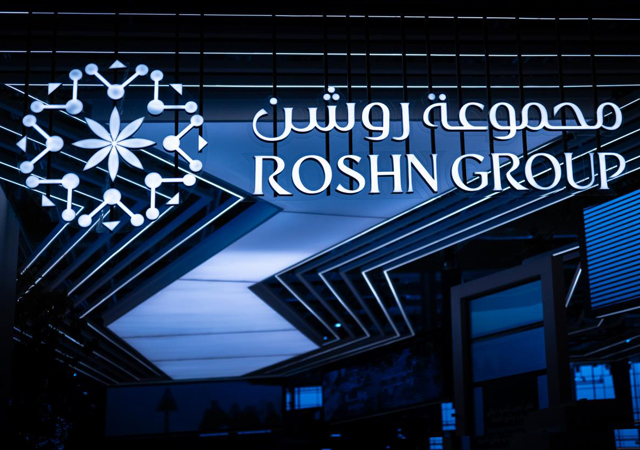
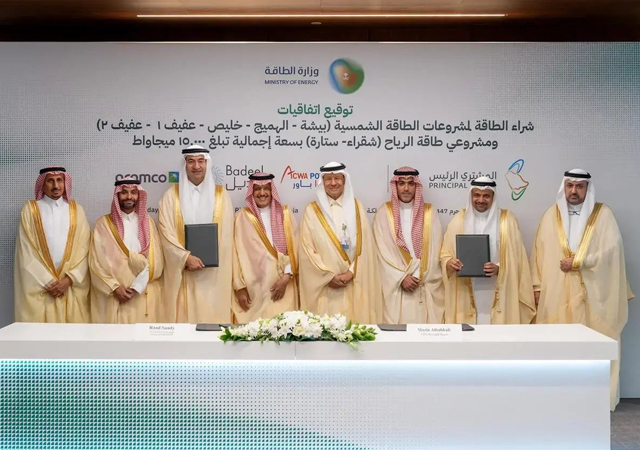
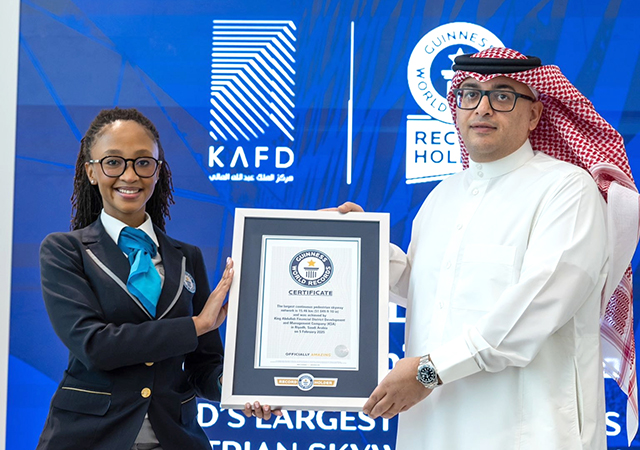

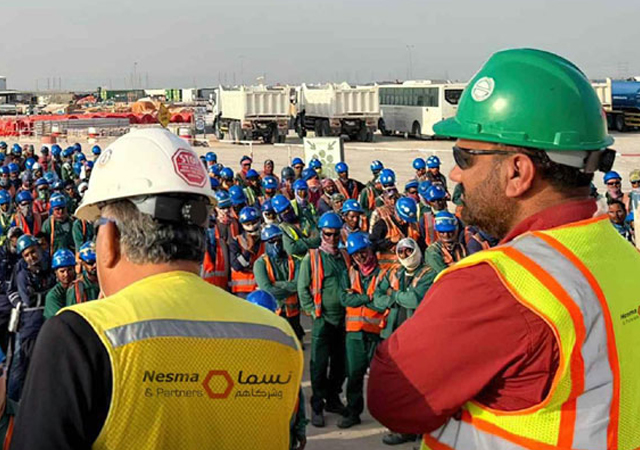
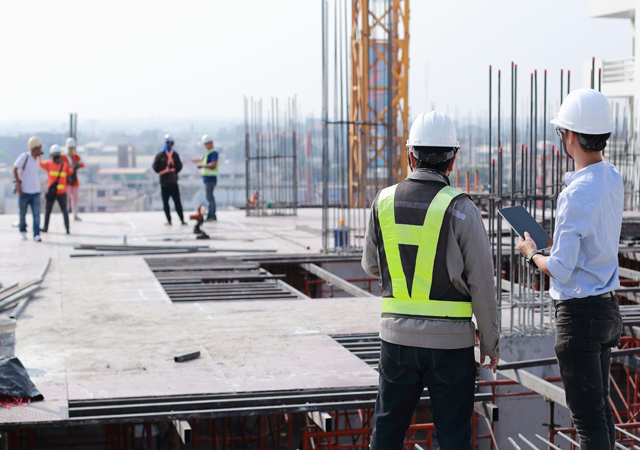
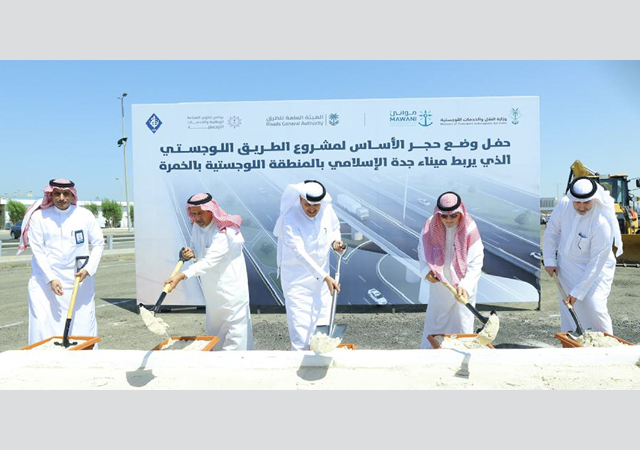
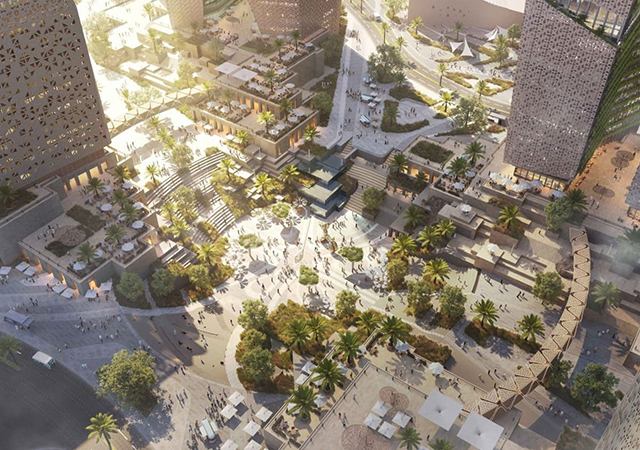
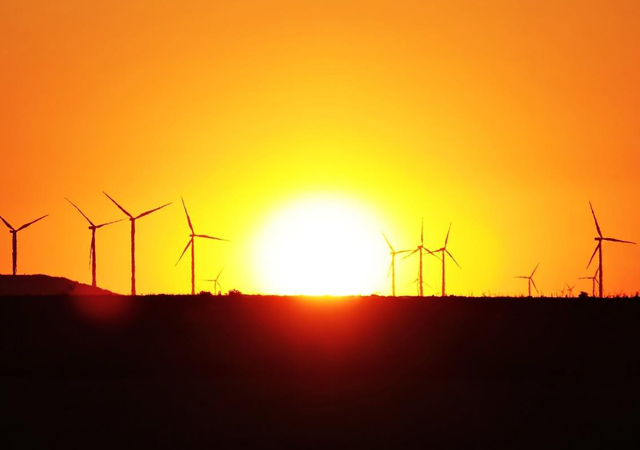
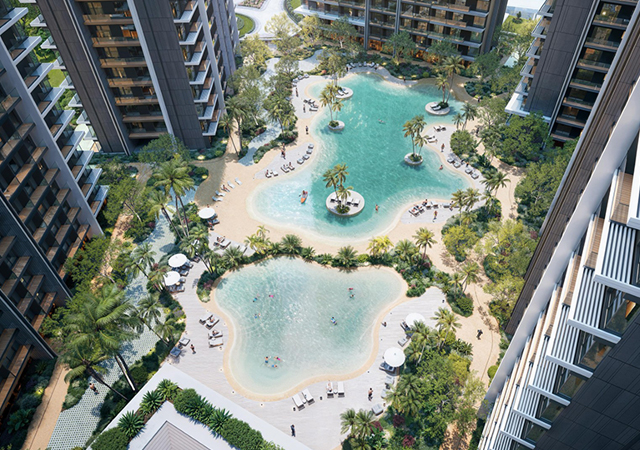
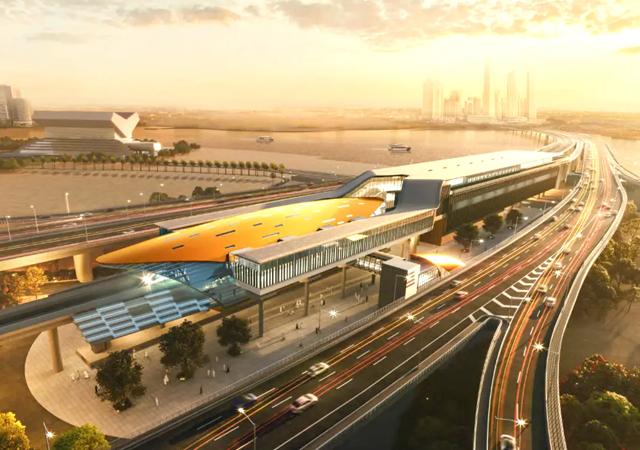
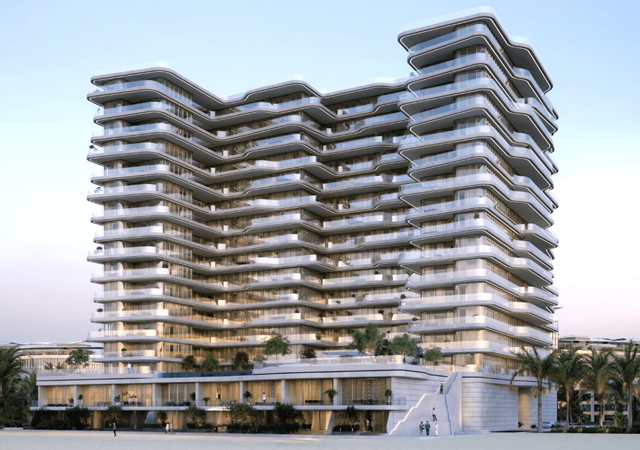

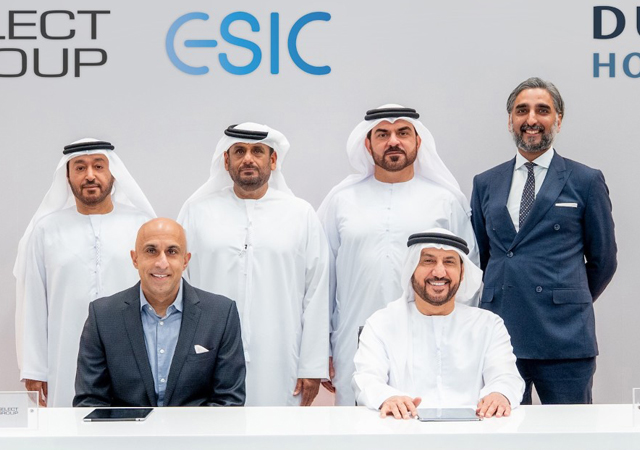
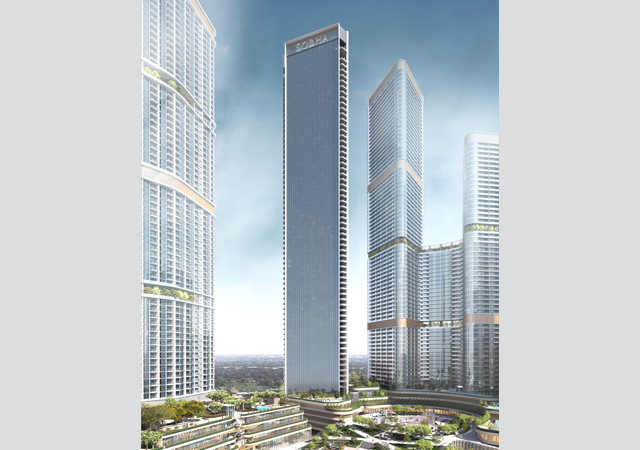
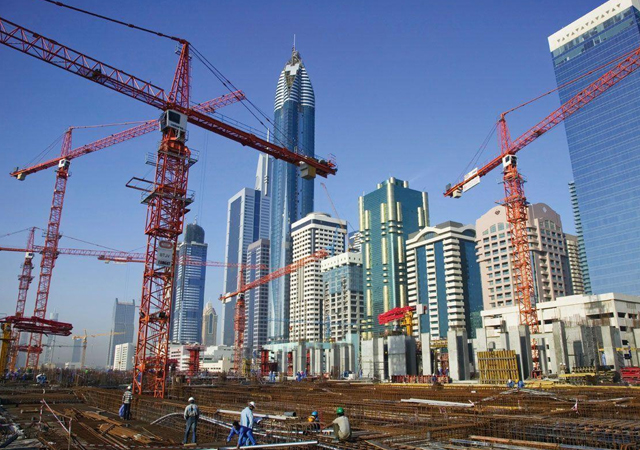
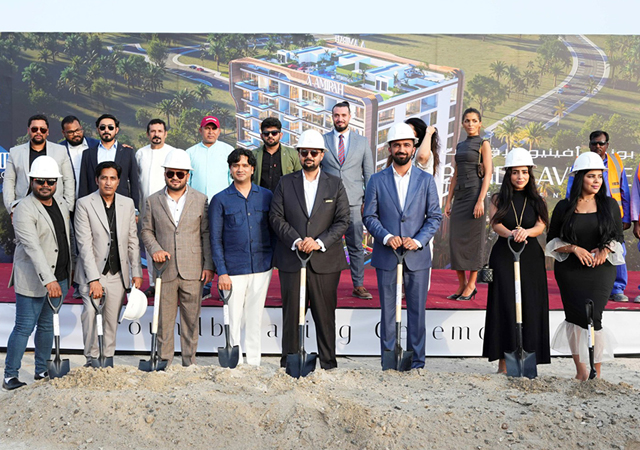
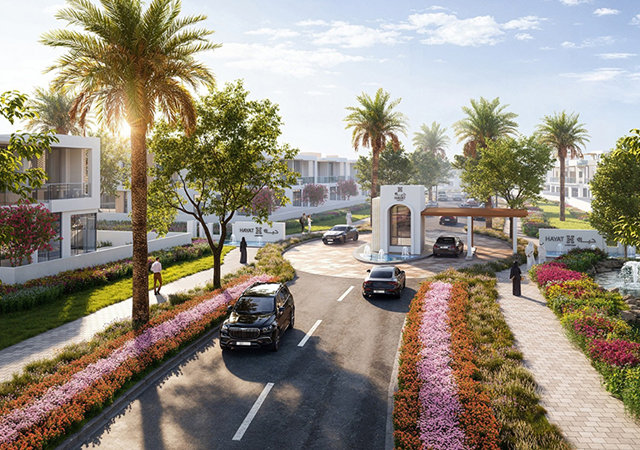
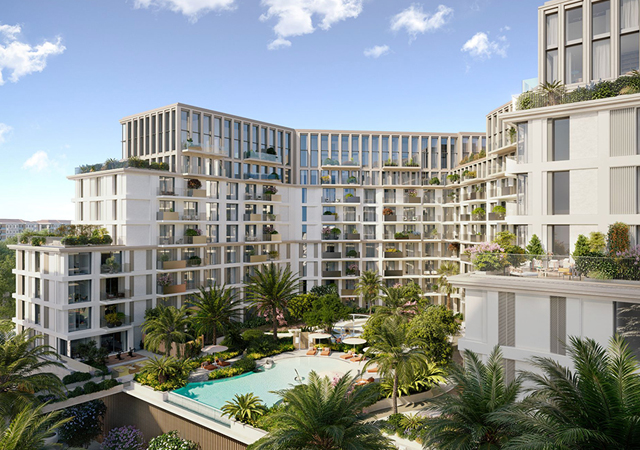


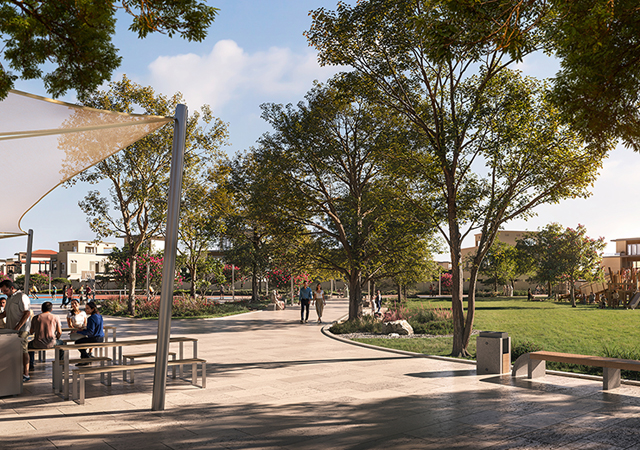
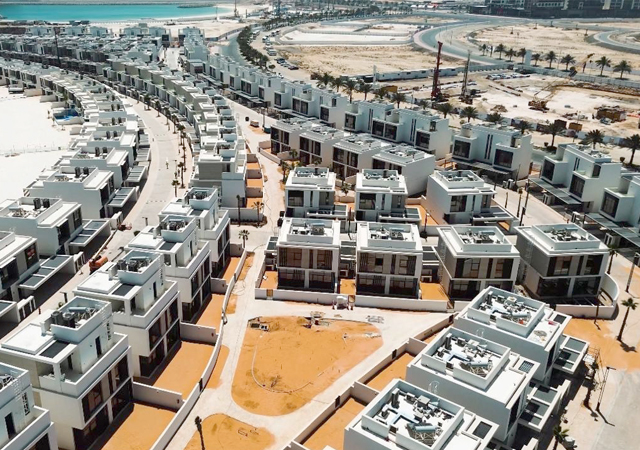
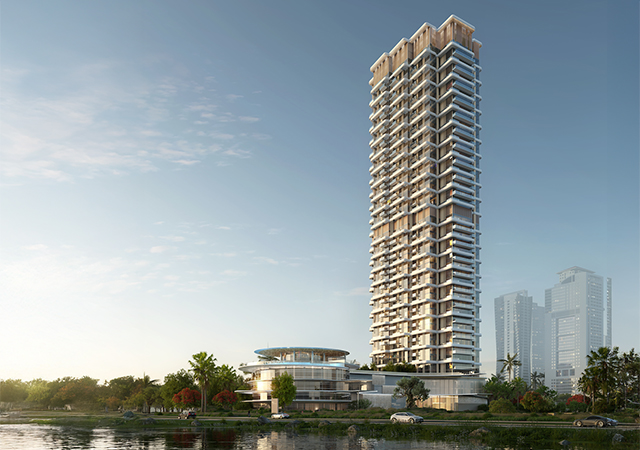
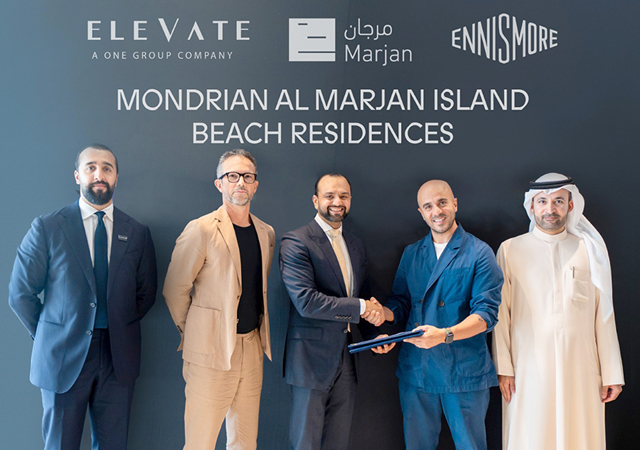
.jpg)
.jpg)
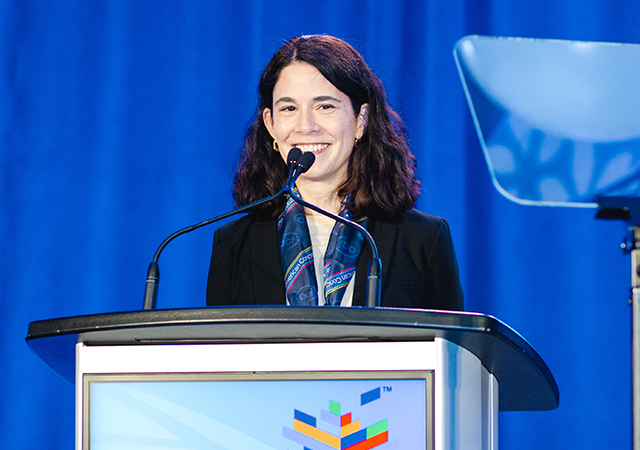
.jpg)
